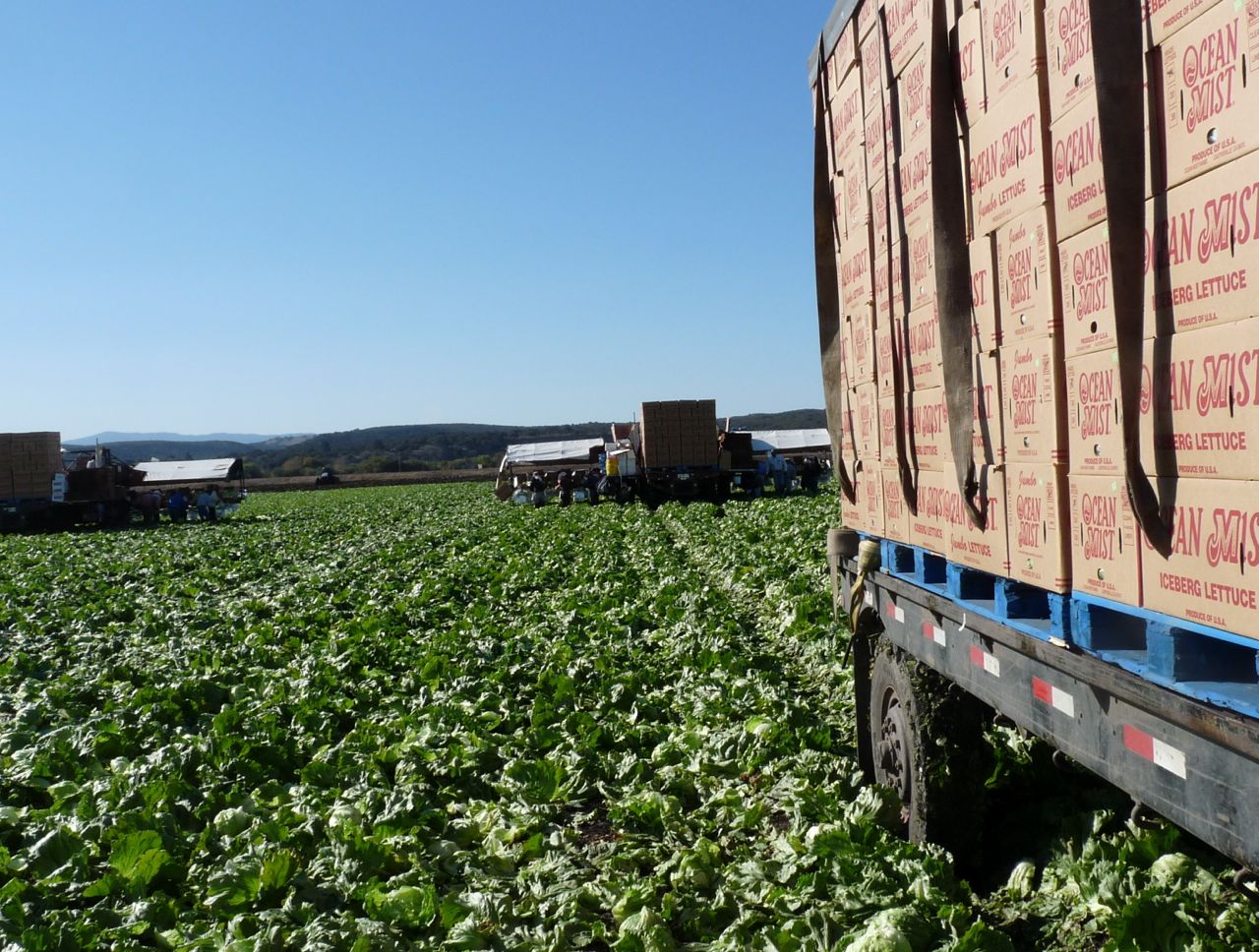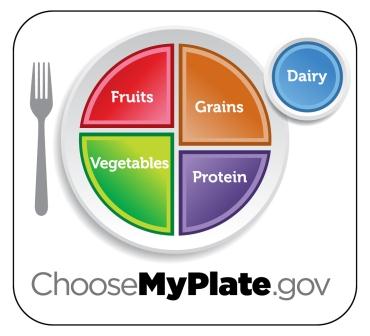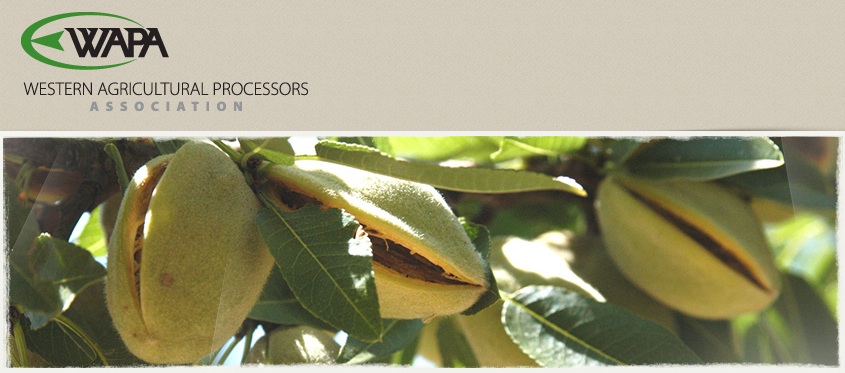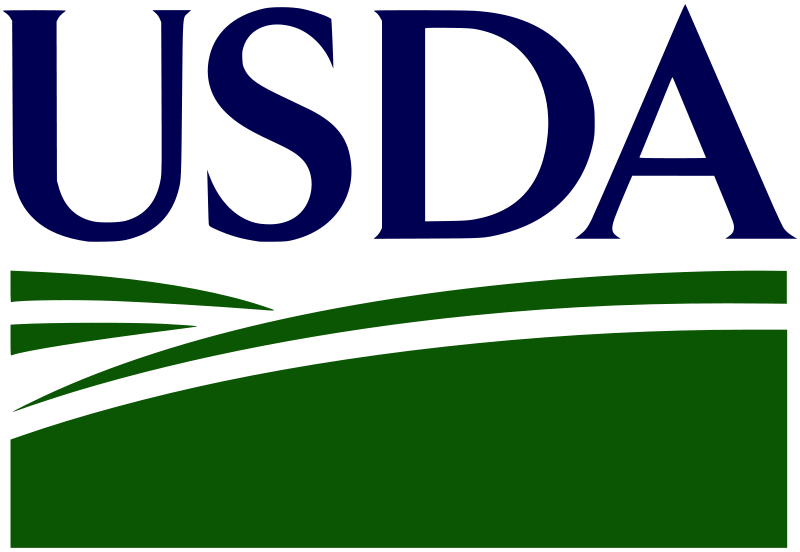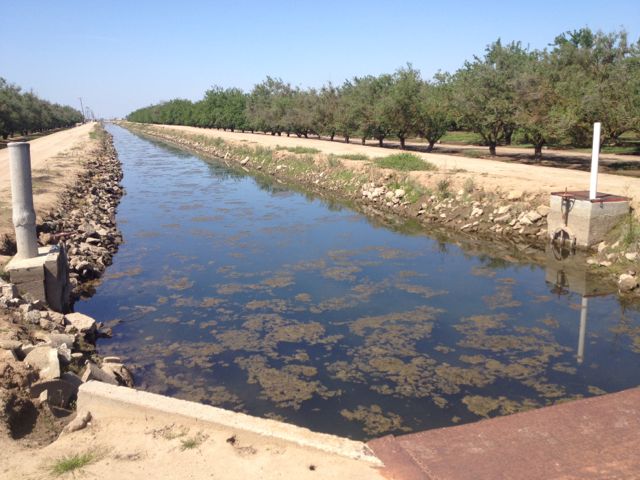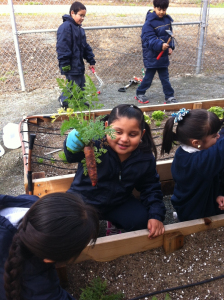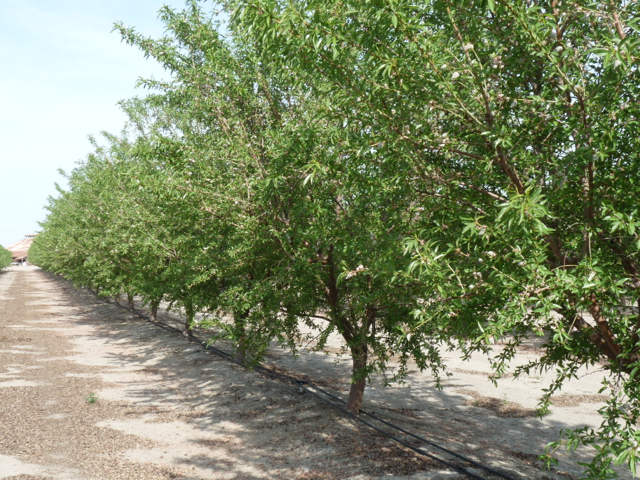Veterans and Youth Projects Announced as part of Veterans Day Observance
By: Monique Bienvenue; Cal Ag Today Social Media Manager/Reporter
Today, as part of the observance of Veterans Day, the United States Department of Agriculture (USDA) and the Corporation for National and Community Service (CNCS) announced the partners and projects that will be funded in this fiscal year to provide job and training opportunities to veterans and youth.
“Our continuing work to support the 21st Century Conservation Service Corps (21CSC) is not only in concert with the Obama Administration’s goal of reconnecting Americans to the outdoors, it also furthers crucial projects that improve forest health, watershed restoration and recreational opportunities,” said Secretary Tom Vilsack. “This landmark partnership with AmeriCorps to jointly support service opportunities for youth and veterans is an all-around win for our young people and our public lands.”
“This is a great example of an innovative partnership that expands economic opportunity for young people, taps the leadership skills of veterans, improves our national forests, and puts a new generation on a lifelong path of service,” said Wendy Spencer, chief executive officer for CNCS. “Young people and veterans bring extraordinary skill and passion to conservation service, and we are thrilled to join with USDA to expand service opportunities that strengthen our environment and build economic opportunity for those who serve.”
The projects will create opportunities for 300 youth and veterans who will serve through AmeriCorps and as part of the 21CSC, working to restore and conserve natural and historic resources on National Forests and Grasslands in more than 10 states. The $3.7 million in joint funding for this effort was announced earlier this year.
USDA partnered with CNCS to identify and jointly fund high-quality projects. In addition, funding was allocated to partner organizations whose work helps accomplish key Forest Service priorities, including hazardous fuels management, watershed protection, trail maintenance, and recreation and facilities management. The new partnership also reflects the spirit of the Presidential Task Force on Expanding National Service, which is charged with addressing national challenges by expanding national service opportunities through interagency and public-private partnerships.
The Corporation for National and Community Service is a federal agency that engages more than five million Americans in service through AmeriCorps, Senior Corps, Social Innovation Fund, and other programs, and leads President’s national call to service initiative, United We Serve. For more information, visit NationalService.gov.

